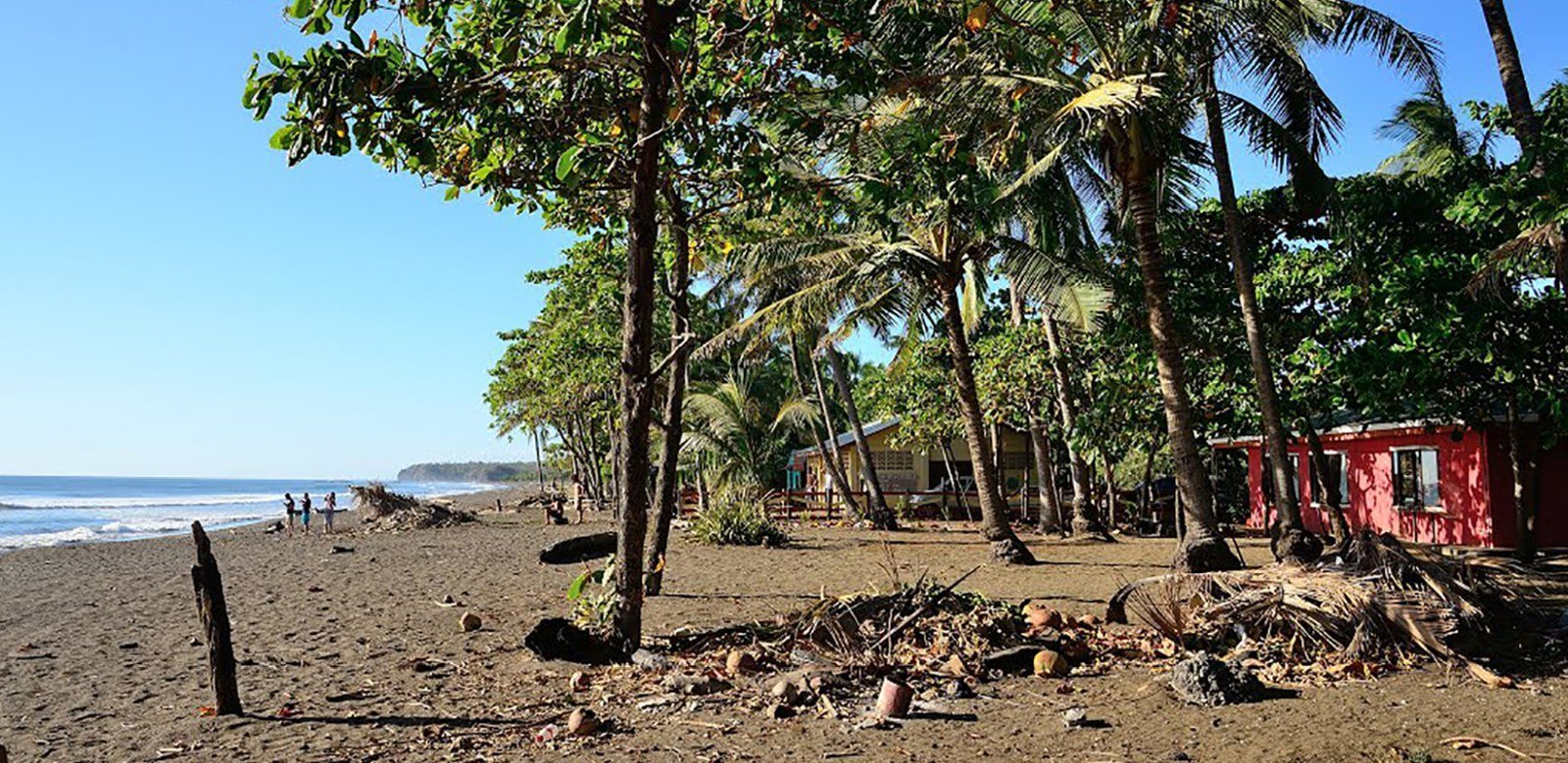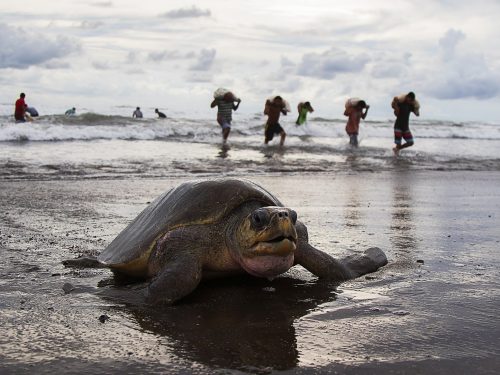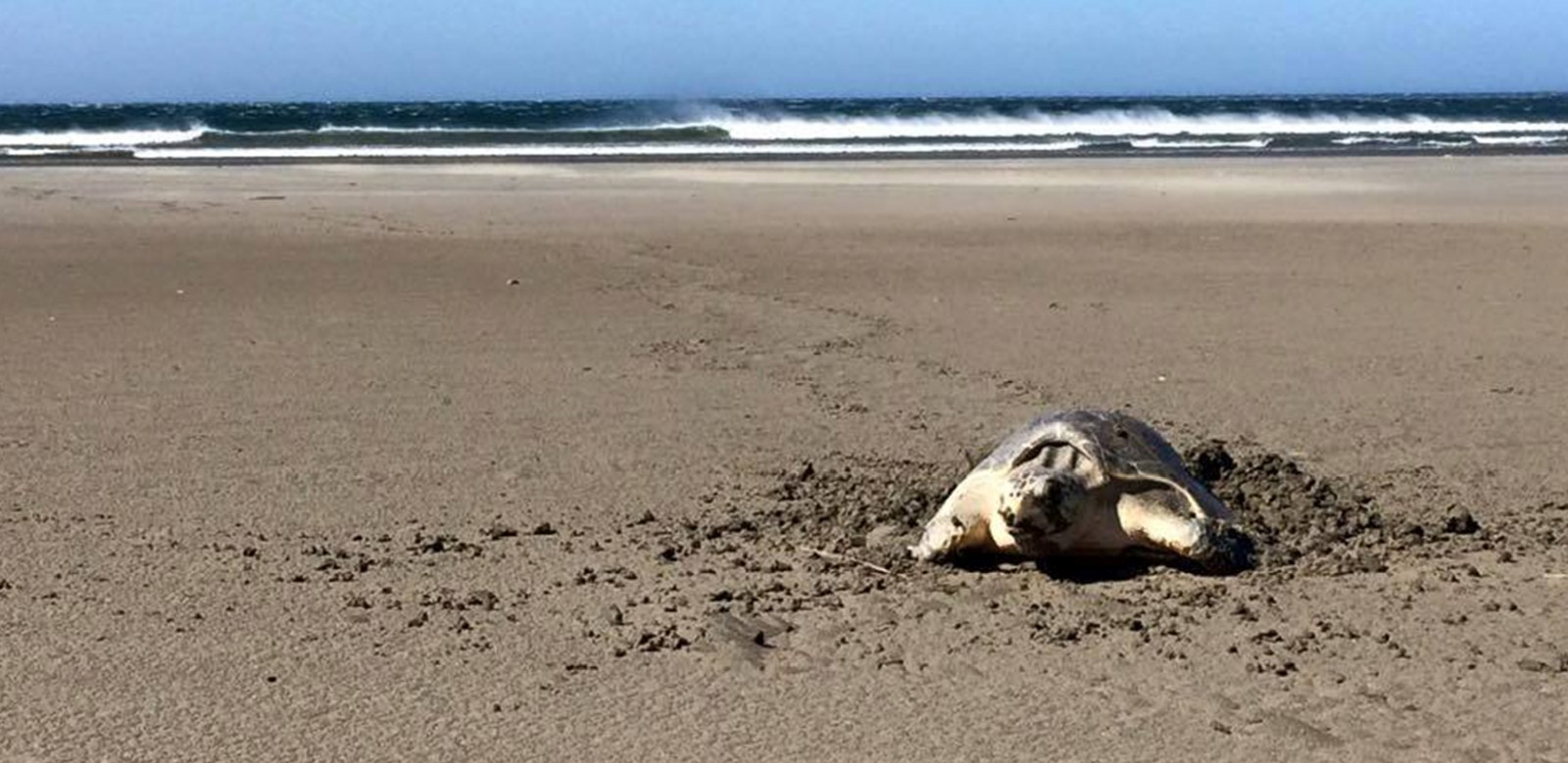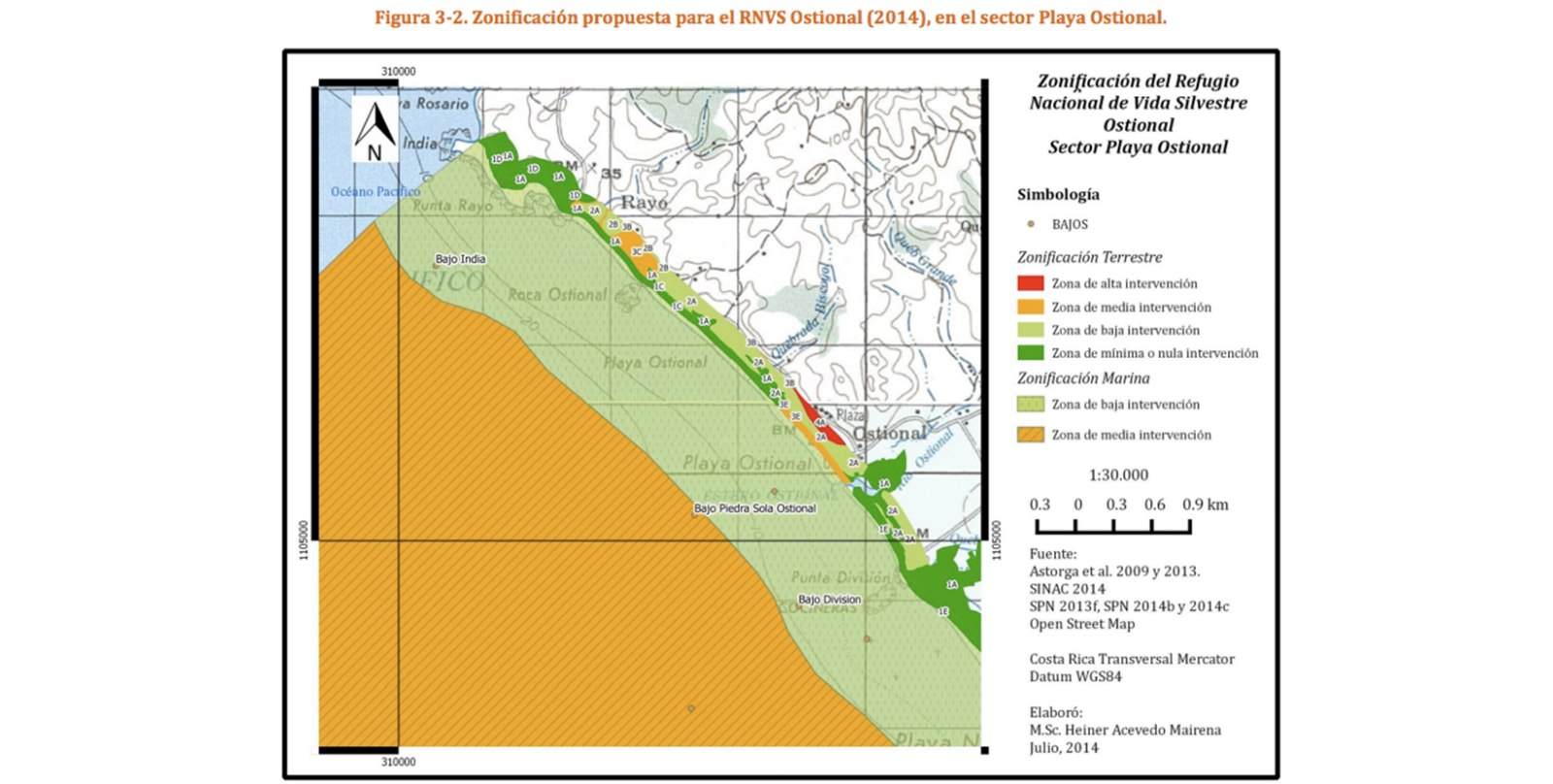
Feb. 8 was a promising day in the communities of Guiones, Pelada, and above all, Ostional. That day, President Luis Guillermo Solís visited the community and signed the Ostional Wildlife Refuge Law in the village’s public hall.
Many believed that after the president’s visit their concerns about living in the refuge were behind them. While that event was an important step forward, the process is far from over. Nearly nine months after the law’s signing, residents still don’t know the rules of the game.
The Environment Ministry’s National System of Conservation Areas (SINAC) is just getting started on a general management plan to define new regulations. In the plan, officials will identify zones in which residents can live and where businesses will be permitted, such as small local stores, small farming operations or eco-friendly cabins.
“In the refuge the only activities that will be allowed are those to be defined in the management plan, produced for the protected area, and which comply with requirements,” the law states.
The rules will apply to the entire refuge, which includes the maritime zone in Guiones and Pelada, part of Nosara.
According SINAC legal adviser Gustavo Villalobos, the agency hopes to finish the regulations in the first half of next year in order to begin granting concessions to local residents.
A Lack of Clarity
Meanwhile, latent suspicion among locals continues. For Magdalena Vega, president of the Ostional Integral Development Association, the only thing clear to community members is that those who have lived in the refuge more than 10 years can stay.
“There’s a certain level of suspicion among people, because they fear the regulations won’t be good for everyone,” Vega said.
In part, this mistrust stems from an awareness by some that they won’t be able to comply with requirements to obtain a concession, because many have lived there less than a decade or in areas that could be ruled off-limits.
Article 8 of the law states that concessions can’t be granted for land in estuaries, mangroves, forests, forested land, wetland ecosystems, 50 meters from the high tide mark, areas exposed during low tide, islets, crags, and other small natural areas and formations that project out from the ocean.
Living in these areas would harm ecosystems, and people could be at risk for natural disasters, such as floods.
Other questions about the law come from the Nosara Civic Association, which stated in a press release that it is concerned about how some private property owners who were registered before 1983 could use their land inside the refuge.
“They created a loophole that would allow construction of new structures on more than 100 private properties that border the 200 meters in front of the ocean,” the release stated.
However, these issues also will be addressed by the management plan.
The Legal Terms
Article 14 of the law states that residents seeking a concession to remain in certain areas must prove they have lived in the refuge “in a quiet, public, pacific, and interrupted manner for a period no less than 10 years” before new regulations take effect.
Applicants can receive only a concession, and not a property title. According to Villalobos, concessions are given to protect people who have lived in Ostional, and they don’t allow properties to be sold.
The only sales allowed, through a process of expropriation, are to the government. In other words, the government would pay a resident, and the property would then belong to the refuge. This process will be defined when the management plan and regulations are finalized.
When the refuge was created, land there became part of a protected area, and residency was cast into doubt. In 1987, the government allowed residents to collect and exploit turtle eggs, and since then, studies by the Environment Ministry and the University of Costa Rica determined that the existence of the communities in Ostional did not harm its ecosystem.







Comments